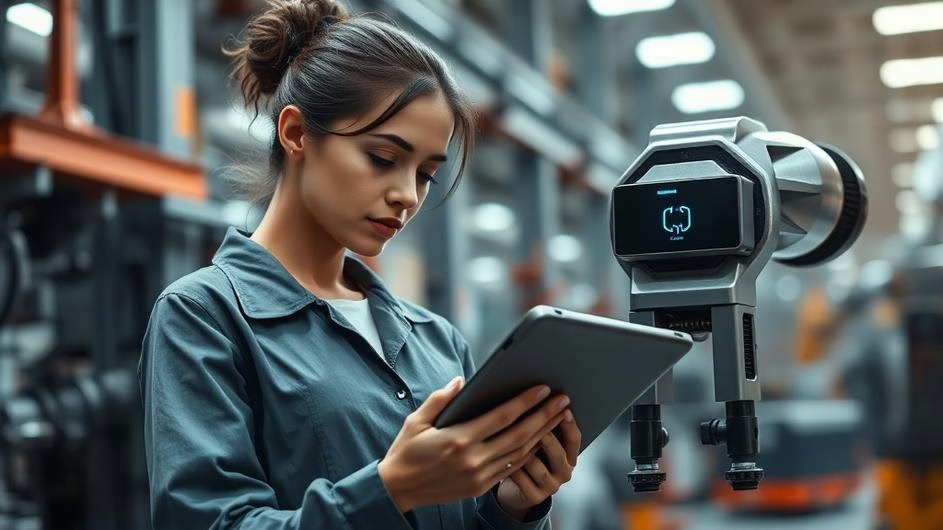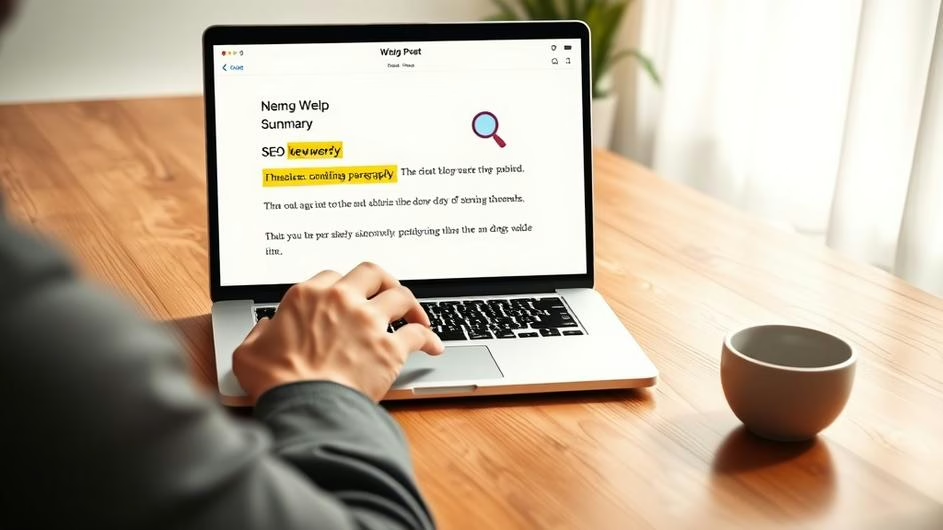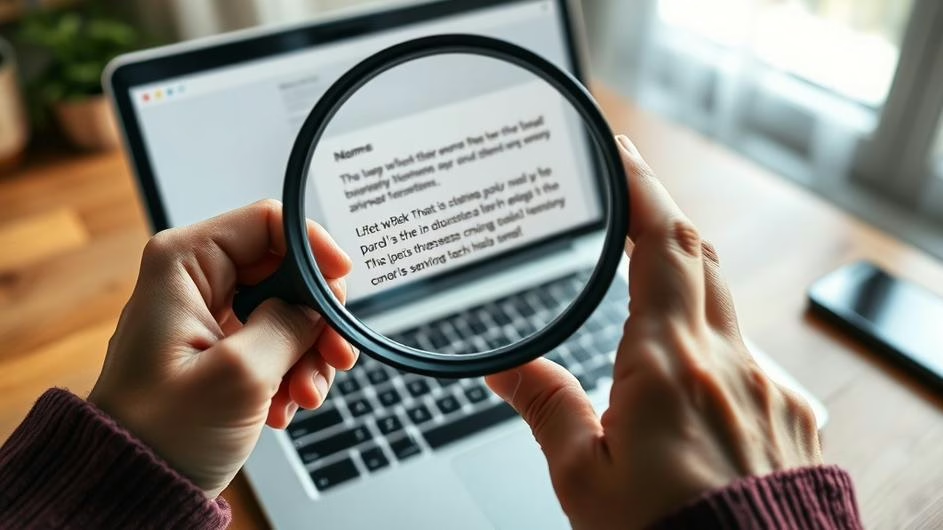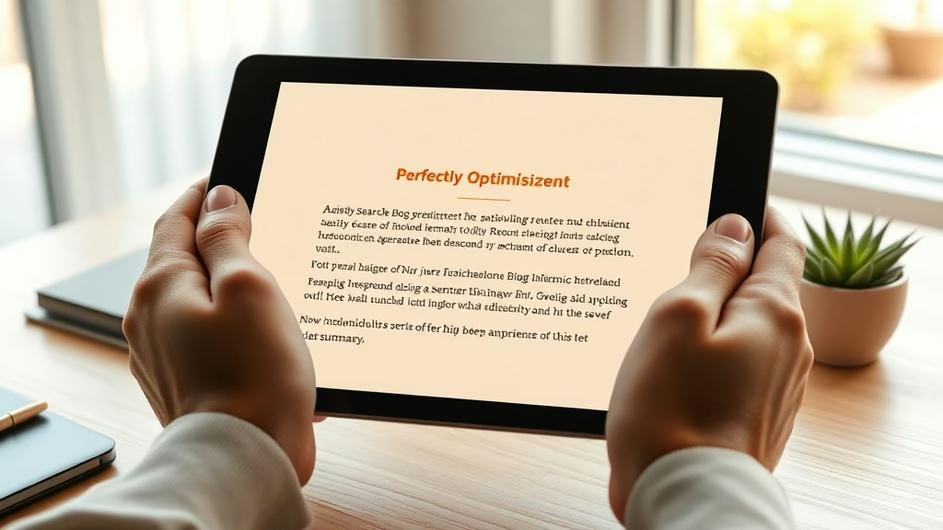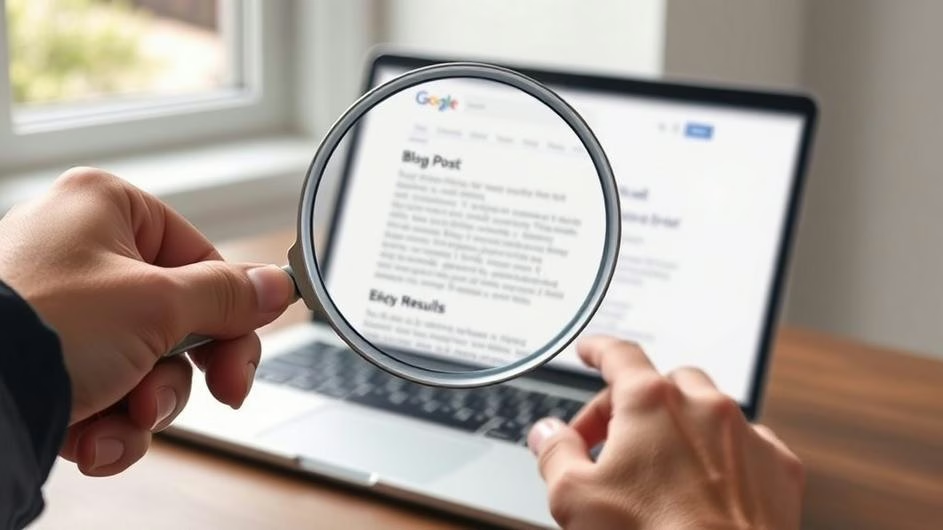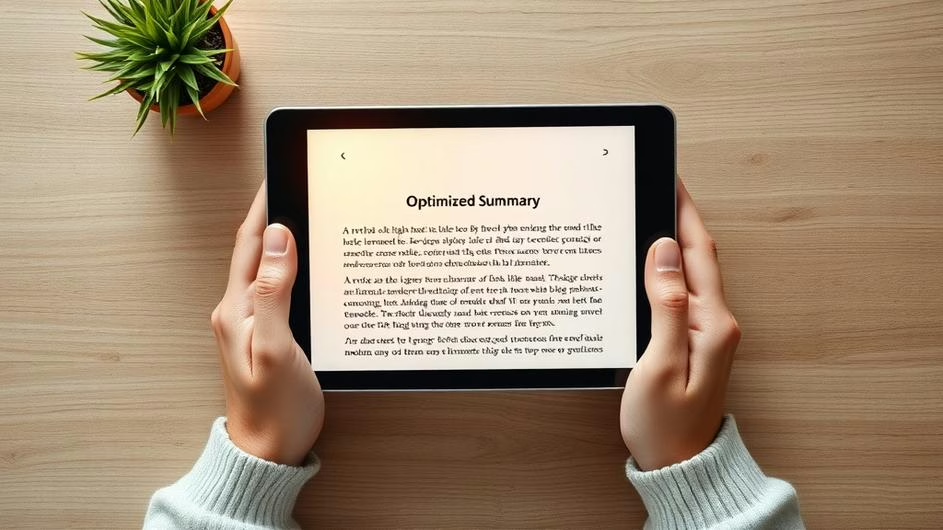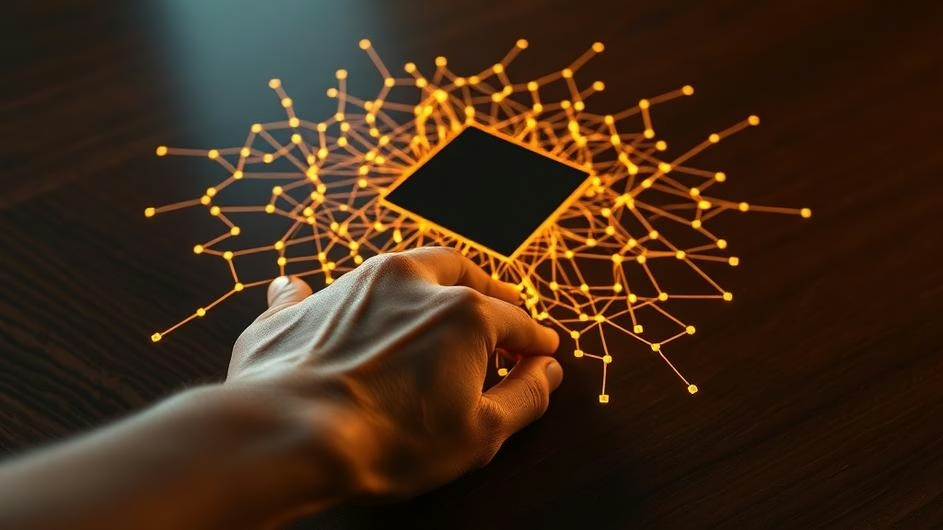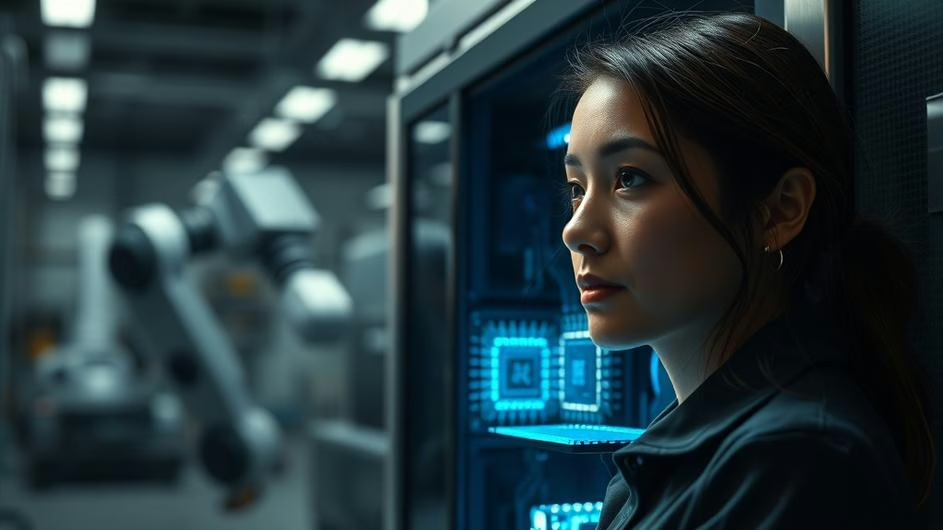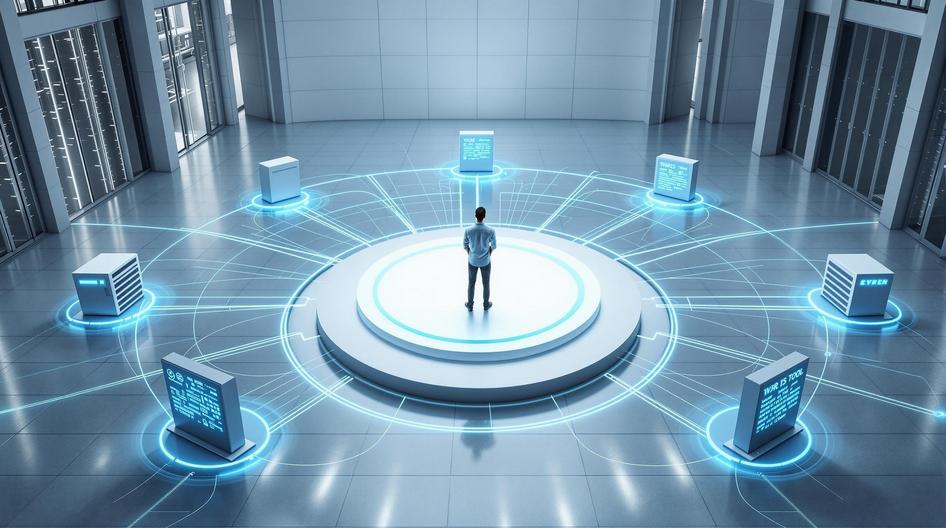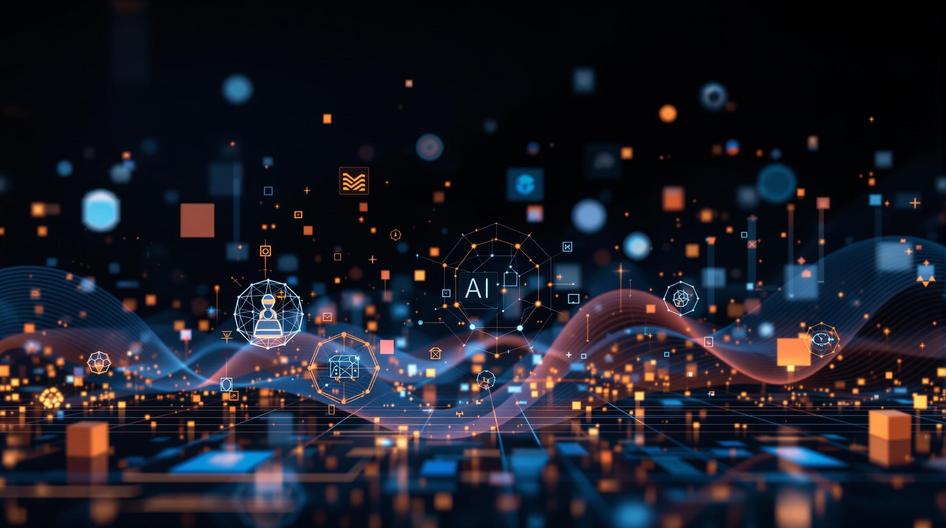
The Next Wave of Generative AI: Power, Promise, and Pitfalls
Generative AI isn’t just evolving anymore. It’s racing ahead at breakneck speed, completely reshaping how we work, create, and interact with technology. Just two years ago, most people couldn’t have imagined where we’d be today. Now we’ve got custom GPT models landing people dream jobs, specialized AI platforms transforming entire industries, and workplace systems that can dig through your company’s entire knowledge base in seconds.
But here’s the thing: with all this power comes some serious questions. How do we know what’s real? Can we trust these systems? And what happens when AI gets so good that we can’t tell the difference between human and machine?
When AI Becomes Your Personal Career Coach
Let’s start with something that hits close to home for many tech professionals. Amar Saurabh, a product manager, decided to get creative with his job search. Instead of just tweaking his resume for the hundredth time, he built something much smarter: a custom GPT trained on his entire professional profile.
This wasn’t your typical chatbot. Saurabh fed it his resume, LinkedIn profile, project briefs, and work history. The result? A “PM job search advisor” that could craft personalized emails, help him prep for interviews, and even generate targeted resume versions for specific roles. The numbers speak for themselves: seven interview invitations and a job offer from PayPal.
Think about what this means for developers and tech workers. We’re not just talking about productivity tools anymore. This is career acceleration powered by AI that actually understands your background, skills, and goals. For anyone in the AI transformation space, this represents a fundamental shift in how we approach professional development.
Industry-Specific AI: Beyond the Hype
While custom career bots are impressive, they’re just the beginning. Industries are now building AI models so specialized they’re creating entirely new user experiences. Take Haut.AI’s SkinGPT, which generates incredibly realistic skin simulations.
Users can virtually try on skincare products and see how their skin might age over time. The quality is so good it’s almost cinematic. Haut.AI’s CEO, Anastasia Georgievskaya, has gained international recognition for pushing the boundaries of digital health and wellness.
This matters because it shows where generative AI is heading. We’re moving beyond text and code generation into visual, interactive experiences that feel almost real. For crypto and Web3 developers, this opens up possibilities for immersive digital experiences and virtual asset visualization that could reshape how we interact with digital assets.
The Enterprise Knowledge Revolution
Meanwhile, OpenAI just dropped an update that should make every enterprise developer take notice. ChatGPT can now search through your company’s internal information without you having to jump between apps constantly.
Powered by GPT-5, this feature can simultaneously search documentation, past tickets, Slack conversations, and more. Picture this: you’re a developer trying to understand a complex codebase during onboarding. Instead of spending hours hunting through different systems, you can ask ChatGPT to find relevant docs, past discussions, and troubleshooting notes all at once.
There’s a catch, though. You need to specifically select “company knowledge” mode, and it can’t combine this with other features like web search or chart creation yet. But for organizations dealing with information silos, this represents a major step toward truly integrated digital workplaces.

When AI Claims Get Ahead of Reality
Now here’s where things get interesting, and not in a good way. In October, an OpenAI researcher made a bold claim: GPT-5 had solved unsolved mathematical problems posed by famous mathematician Paul Erdős.
The tech community got excited. Major breakthrough! AI solving century-old problems! But then Google DeepMind’s CEO Demis Hassabis and other researchers pointed out something embarrassing: those problems had already been solved in existing academic literature.
This incident perfectly illustrates one of AI’s biggest challenges right now. These systems are incredibly good at pattern recognition and language processing, but they can struggle to distinguish between generating truly novel insights and just recombining existing information in convincing ways.
For investors and developers in the space, this is a crucial reminder. We need to maintain critical thinking and domain expertise even as AI capabilities explode. The line between breakthrough and hype can be thinner than it appears.
The Trust Problem Nobody Wants to Talk About
As AI gets more human-like, we’re facing some uncomfortable questions. Dario Amodei, Anthropic’s co-founder, recently warned that AI capabilities might be advancing faster than our ability to control them.
The concerns are real: AI-generated misinformation, manipulative digital personas, and social engineering risks that we’re only beginning to understand. Sam Altman from OpenAI has been surprisingly candid about this, acknowledging that users often can’t tell the difference between human-created content and sophisticated AI mimicry.
For the crypto and blockchain community, this hits particularly close to home. In a space where trust and verification are fundamental, the rise of convincing AI-generated content creates new challenges for identity verification and authenticity.
What’s Next: Integration and Responsibility
So where does this leave us? The trajectory is clear: AI is becoming more personalized, more context-aware, and more capable of handling specialized tasks. Tomorrow’s AI won’t just write emails or debug code. It’ll power realistic simulations, optimize knowledge management, and potentially accelerate scientific breakthroughs.
But with each advancement, the human element becomes more critical, not less. We need better frameworks for verification, more sophisticated approaches to AI safety, and continued emphasis on human oversight.
For developers, traders, and investors in the tech space, the message is clear: embrace the capabilities, but stay vigilant about the risks. The next wave of AI will test not just our technical abilities, but our collective wisdom in deploying these powerful tools responsibly.
The companies and individuals who figure out how to harness AI’s potential while maintaining trust and authenticity will likely define the next era of technology. Whether that’s in crypto markets, enterprise software, or entirely new industries we haven’t imagined yet.
As we stand at this technological crossroads, one thing’s certain: the next chapter of AI will be written by those who understand both its immense promise and its very real pitfalls.
Sources
- “I designed a custom GPT that helped me land 7 interviews and a job offer from PayPal — here’s how,” Business Insider, October 25, 2025.
- “Haut.AI and Noom reveal SkinGPT’s Aging Model,” Cosmetics Business, October 21, 2025.
- “An OpenAI researcher posted that ‘GPT-5 has solved an unsolved mathematical problem,’ but it turned out that the problem had already been solved,” GIGAZINE, October 20, 2025.
- “OpenAI made ChatGPT better at sifting through your work or school information,” The Verge, October 24, 2025.
- “Anthropic co-founder warns that you should be afraid of AI — here’s why,” Tom’s Guide, October 19, 2025.



















